Technologies
It’s Time to Stop Waiting for Apple’s Next iPhone Moment
Commentary: The iPhone took off because it came at the right time — a moment that may be impossible to re-create.
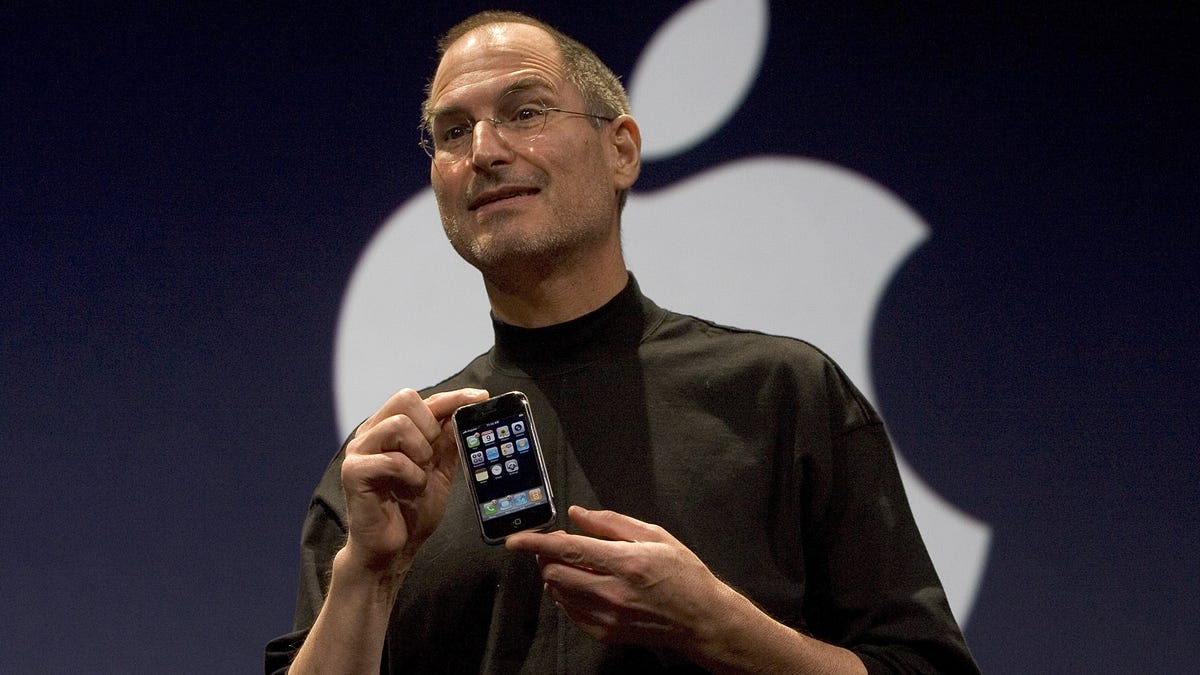
When the original iPhone arrived in 2007, few people knew it would lay the foundation for the devices we now carry in our pockets each day. As the June 5 date of Apple’s Worldwide Developers Conference approaches, all eyes will be focused on whether the tech giant can re-create that impact with its first entirely new product in almost a decade: a head-mounted computer.
The iPhone wasn’t the first smartphone, nor was it the first mobile device to achieve cultural relevance as a status symbol. But it came at just the right moment, and there arguably hasn’t been such a perfectly timed tech product launch since. Re-creating that moment will be challenging, even for Apple.
The tech industry has evolved a lot since 2007, and so has our relationship with technology. Devices like the iPhone and the BlackBerry revolutionized the way we access information and communicate, at a time when the idea of constant internet connectivity was relatively new.
Advertiser Disclosure
But the biggest new gadgets since then (think smartwatches, wireless earbuds) were initially useful because they untethered us from those phones, helping us better navigate the influx of alerts flowing from them. It took years for the Apple Watch to establish its direction as a health and wellness device, and I suspect it’ll similarly take time for the headset to find its niche.
The arrival of a completely new product — whether it be a smartwatch or a headset — doesn’t feel the same as it did 16 years ago. Nor should it.
For the iPhone, timing was everything
The iPhone debuted at a formative time for personal technology. As the internet became a more integral part of our lives, so did the need to take it with us.
The iPod, BlackBerry phones and other personal digital assistants (better known as PDAs) provided a way to keep us connected on the go as people recognized the need to listen to music, send emails, and manage calendars away from home. Shipments of handheld computers from brands like BlackBerry and Palm rose 18.4% in 2006, according to Gartner data reported by the Associated Press in early 2007, underscoring the demand for mobile access to email and other communications.

Research in Motion’s BlackBerry Curve 8350i, from 2008. The BlackBerry first appeared in 2002.
Then the iPhone came in 2007 and changed everything. Steve Jobs famously introduced the first iPhone as a phone, an iPod and an Internet communicator in one device. What made the iPhone so impactful was that those three things were already necessities in people’s lives, as the success of cell phones, the iPod and home computers showed.
In 2000, 51% of US households had one or more computers, and more than 40% of households were connected to the Internet, according to a 2001 New York Times report covering Census Bureau data. The US added a record-breaking 25.7 million new mobile phone users in 2005, reported InfoWorld in 2006, citing data from the Cellular Telecommunications & Internet Association. And sales of MP3 players were booming in the early 2000s, as market researcher IDC reported back in 2002.
Clearly the internet, MP3 players and cell phones were permeating everyday life long before the iPhone made its debut at the Macworld conference in 2007. The iPhone was the culmination of these trends, showing how hardware was catching up to the way people were already using tech products in their daily lives. Though PDAs and early «smart» phones like the IBM Simon were a promising start, they were largely designed to be handheld computers with cell phone functionality.
The iPhone and other modern smartphones took that idea a step further. When Apple’s App Store arrived later in 2008, apps turned the iPhone and other handheld devices into Swiss Army Knives, expanding their functionality beyond the business-focused PDAs of years past. Today, mobile devices can serve as phones, internet and email portals, music players, mini-TVs, flashlights, wallets, keys and so much more, largely thanks to the proliferation of apps.
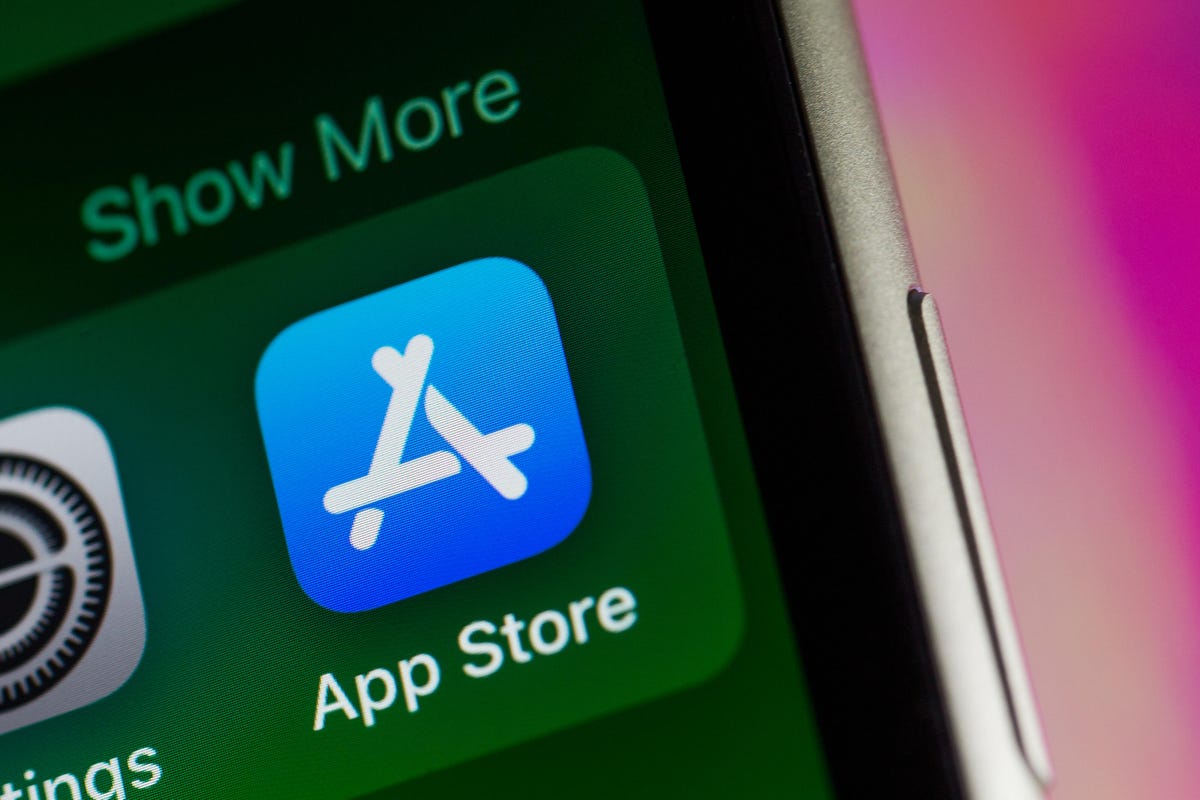
The App Store turned the iPhone into much more than a phone, iPod and internet communicator.
But it’s important to remember that even the iPhone wasn’t an overnight success. The original model’s price and initial exclusivity to AT&T, combined with the notion that Apple was a newcomer to the mobile phone business, certainly resulted in some skepticism about the iPhone’s future. Let’s not forget that the first model also had many shortcomings, as former CNET Senior Managing Editor Kent German pointed out in his review.
Still, the iPhone had a long-term impact because it filled a need at the right time — even if it wasn’t immediately accessible to everyone right away. Consider technologies that came before their time. Microsoft’s SPOT platform sought to turn everyday objects like watches and household appliances into smart gadgets — preceding today’s smartwatches and the so-called internet of things boom. The SPOT watches never caught on, thanks in part to their bulky design and the subscription fee required to access Microsoft’s MSN Direct service, as my colleague David Carnoy wrote in 2008, marking the end of Microsoft’s efforts in that area at the time.
An Apple headset has a lot more competition for our attention
Fast-forward to today, and the tech world is buzzing about what’s expected to be a similar moment in Apple’s history. The company will reportedly introduce its first mixed reality headset on June 5, which Bloomberg says will have apps and software features that span gaming, communication, fitness and more. Apple has a reputation for popularizing devices like the smartphone, tablet and smartwatch, so the expectation is that it will do so again for headsets.
That may very well be true. But making head-mounted computers as ubiquitous as the iPhone is a tough task, even for Apple. Once again, it will all come down to timing. From smartwatches to earbuds, tablets to smart speakers, there are plenty of gadgets in our lives designed to fulfill different needs — many more than when the first iPhone launched.
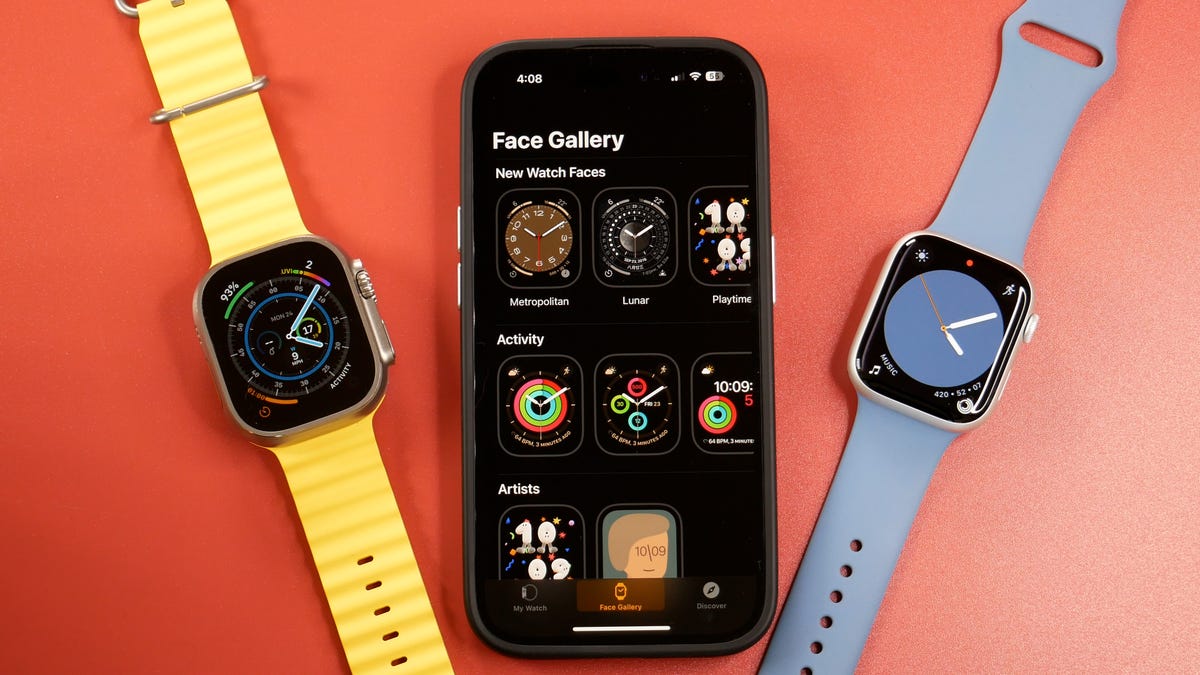
Devices like the Apple Watch can help us manage the influx of notifications coming from our phones.
American households owned an average of 16 connected devices as of 2022, according to research firm Parks Associates. A Pew Research survey from 2021 found that 31% of US adults said they’re constantly online. A Reviews.org survey, the results of which were published this month, found that 56.9% of Americans said they’re addicted to their smartphone.
A gadget like Apple’s virtual reality headset, which will cost around $3,000 according to Bloomberg, will have to be very compelling to demand attention in a world already oversaturated with screens and sensors.
The iPhone may have revolutionized the way we communicate and use the internet. But we’re now in an era in which people are looking to disconnect from their phones more easily, and that shows in the new tech products from the last decade.
What do smartwatches, wireless earbuds and smart speakers have in common? They all allow us to access the internet without reaching for our phones, whether it’s skipping to the next track on your Spotify playlist, asking a virtual assistant for today’s weather forecast or getting a text message on your wrist. A mixed reality headset would seemingly do the opposite by further plunging you into whatever content you’re experiencing at the moment.
Even the developments in generative artificial intelligence, or AI, that can create content based on prompts, are designed to help us spend less time buried in screens. Google, for example, recently showed off a new Gmail feature called Help Me Write that can draft messages for you based on a quick prompt. Tools like these could shorten the amount of time we spend replying to emails and other communications, and could arguably be more impactful than new hardware. (In fact, if you’ve been following tech headlines in 2023, AI is apparently in the midst of its own «iPhone moment.»)
The slow-burn effect
In recent years, it’s taken longer for new Apple gadgets to establish a role in our lives, and the Apple Watch is the strongest example of this. When introducing it back in 2014, Apple initially positioned it as a personal timepiece by highlighting its stylish design and time-telling accuracy, before mentioning health and fitness.
But as the gadget matured and became more popular, Apple leaned more fully into health. It added ECG functionality in 2018 with the Series 4 model, enabling the watch to provide more data about cardiac health and signaling a turning point for the device. In 2019, Apple CEO Tim Cook told CNBC that Apple’s «greatest contribution to mankind» will be about health. Roughly three years after the first Apple Watch arrived, it became clear that health, fitness and wellness tracking would be the its most important purpose. The iPhone may not have been in everyone’s pockets right away, but its role as a handheld computer, MP3 player and phone was apparent from the start.
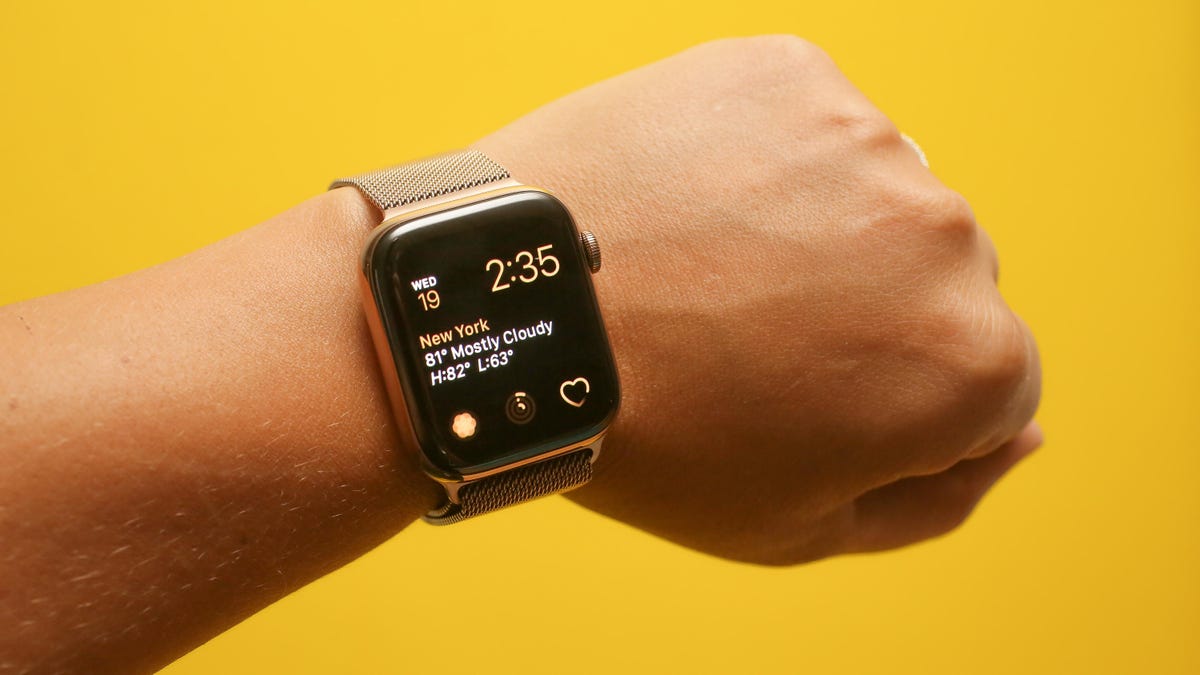
The Apple Watch Series 4 was the first with ECG support.
Is it the right time for Apple’s rumored headset? I don’t have the answer, and I’m not sure if Apple does either. But one thing is for certain: If the headset is a hit, its success will look a lot different than that of the first iPhone. We might not understand the headset’s role in our lives until years after its release, if the Apple Watch’s trajectory is any indication. That wouldn’t deem it a failure, it’s just a sign of the times.
The so-called «iPhone moment» may be behind us for good. Or maybe it’s just changed.
Technologies
Prices Set by Algorithms: New Yorkers Now See Warnings About Stores Using Personal Data to Set Costs
This new law, already subject to lawsuits, lets shoppers know when companies are quietly raising online prices for certain types of customers.
Online shoppers in New York are now seeing a new warning on product pages thanks to consumer protection legislation that took effect in early November. Particularly noticeable during Black Friday sales were messages that told shoppers: «This price was set by an algorithm using your personal data.»
This piece of legislation requires companies (with exceptions for rideshare apps) to show buyers when they use surveillance pricing to set online prices, potentially raising costs for some people while lowering them for others.
Don’t miss any of our unbiased tech content and lab-based reviews. Add CNET as a preferred Google source.
So what data are these companies collecting to shift prices? Well, unlike surge pricing, this type of algorithm pricing calculates data related to the individual person or device. That could include the type of device (Android versus iPhone, etc.), your account’s browsing history, recent purchases made from that browser and — most importantly — your location.
In other words, reported examples have shown that items like eggs will increase in cost for wealthy neighborhoods while staying at lower standard costs for less prosperous zones. But it can get far more complicated than that: Some pricing algorithms study millions of online purchases to predict buyer patterns.
A representative for the New York Senate didn’t immediately respond to a request for comment.
Is surveillance pricing legal?
So far, yes. What laws like this New York legislation do is enforce transparency about what may be affecting prices, instead of banning it. And even that was too much for business groups, which immediately sued to block the law in federal court, alleging that it violates the businesses’ First Amendment rights.
It’s not clear whether companies are complying with the law as directed, or what it fully entails, either. The bill requires «clear and conspicuous disclosure» near the price, but some companies appear to be putting the information in a harder-to-spot area behind an information icon at the bottom of a pop-up.
Efforts to control pricing via algorithm
New York isn’t the only state to tackle surveillance pricing. Other states and cities are entertaining similar legislation, as well as complete bans on the practice. But it’s an uphill battle due to the many details and strong pushback from, well, every industry that sells products online.
The most recent example was from September, when California’s congress went through its proposed ban on surveillance pricing and cut out nearly everything. In its current state, the California law would only apply to grocery prices, which is still not a common online purchase. Colorado, Illinois and other states are also working on their own versions of related laws.
The question of whether shoppers would appreciate transparency laws, or whether they’d be less likely to purchase products if they knew the price was based on their personal data, is tough to answer (what if the algorithms are giving you a lower price than other nearby shoppers?). But the privacy question has a more far-reaching impact: Once shoppers see how much of their personal data is being harvested for pricing, they may start to wonder what else it’s being used for.
Technologies
Spotify Wrapped Is Live, Try the Buzzy New Party Game
Wrapped Party and your listening age are the big new features of the music streamer’s yearly wrapper.
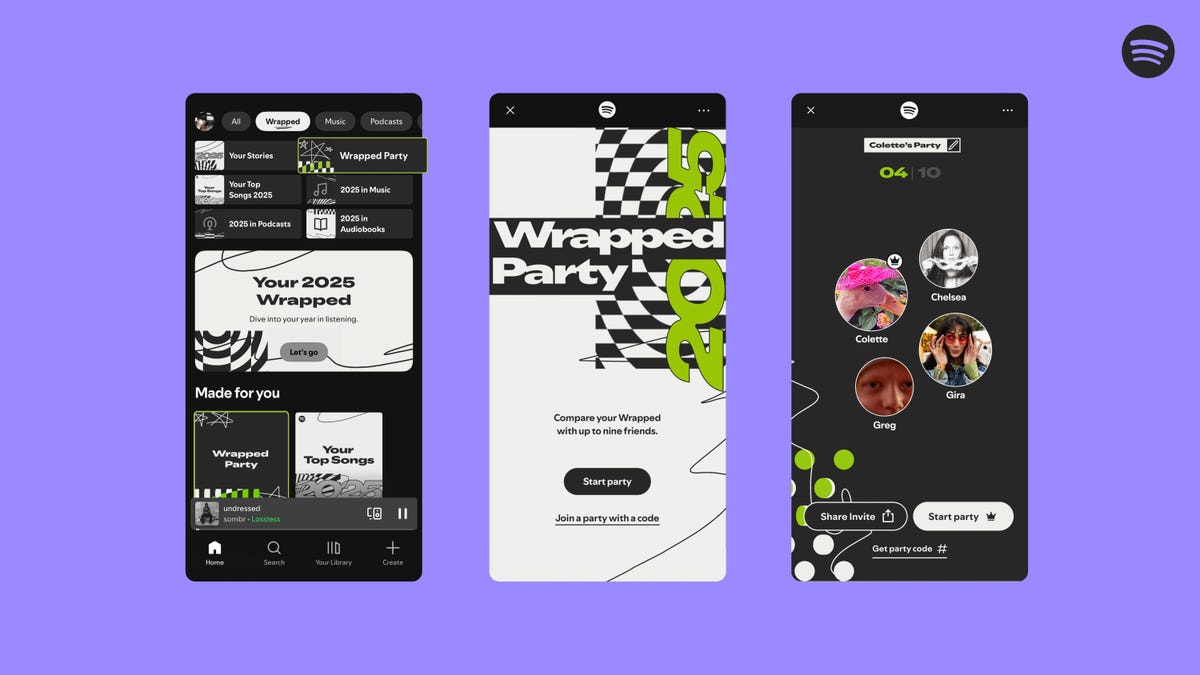
Music streaming service Spotify has unveiled new features in its 2025 Wrapped listener recap, including a party game and the most popular albums, at an event in New York City.
Spotify Wrapped is one of the biggest events in the year’s music calendar, and 2025 promises to be even bigger, thanks in part to the new game. Wrapped Party is Spotify’s first multiplayer game included in Wrapped, allowing you to compete against up to nine friends with questions based on your listening habits.
Also read: Best Music Streaming Services
Matthew Luhks, Spotify’s senior director of global marketing, said the new game is the Wrapped feature he’s most excited about.
«I think Wrapped Party is amazing, and it’s something we’ve been talking about for years. Wrapped is usually a solo experience, and now you can play Wrapped with your friends and your family,» Luhks said at the event.
Wrapped Party is one of almost a dozen new features for the company’s viral wrap-up, which also includes your Listening Age (giving this writer an age of 100!) and Top Artist Sprint, which shows your favorite artist listens «racing» over twelve months. This year is also the first time that the recap highlights a user’s most popular albums.
Read more: Spotify Says I Have the Music Taste of a 79-Year-Old: Is That Bad?
Meanwhile, the new Clubs feature assigns you, Harry Potter sorting hat-style, to one of six fan clubs based on your listening and designates you a role such as «Archivist.»
As with every year, the company also revealed its most popular content across all categories for 2025. After six years in a row, it was no surprise that Joe Rogan had the platform’s most popular podcast, but the biggest upset was when Bad Bunny pipped Taylor Swift for most popular global artist. However, Swift was the most popular artist in the US for 2025.
Other popular categories included:
- Global top song: Die With A Smile by Lady Gaga & Bruno Mars
- Global top album: DeBÍ TiRAR MáS FOToS by Bad Bunny
- Top Audiobook in Premium: Fourth Wing by Rebecca Yarros
To access Spotify Wrapped, look for the Wrapped feed on the Home tab. To find Wrapped Party, just search for it in Spotify or access it at the end of your personalized wrap.
In 2025, almost every streaming service has its own yearly stats roundup, including YouTube’s new Recap feature, but Spotify Wrapped is still arguably the most famous.
Spotify is the most popular music streaming service, with over 100 million tracks, and it currently costs $12 a month for Premium (including audiobooks). The company is rumored to be planning a price increase in early 2026, however.
Technologies
Today’s NYT Connections: Sports Edition Hints and Answers for Dec. 4, #437
Here are hints and the answers for the NYT Connections: Sports Edition puzzle for Dec. 4, No. 437.
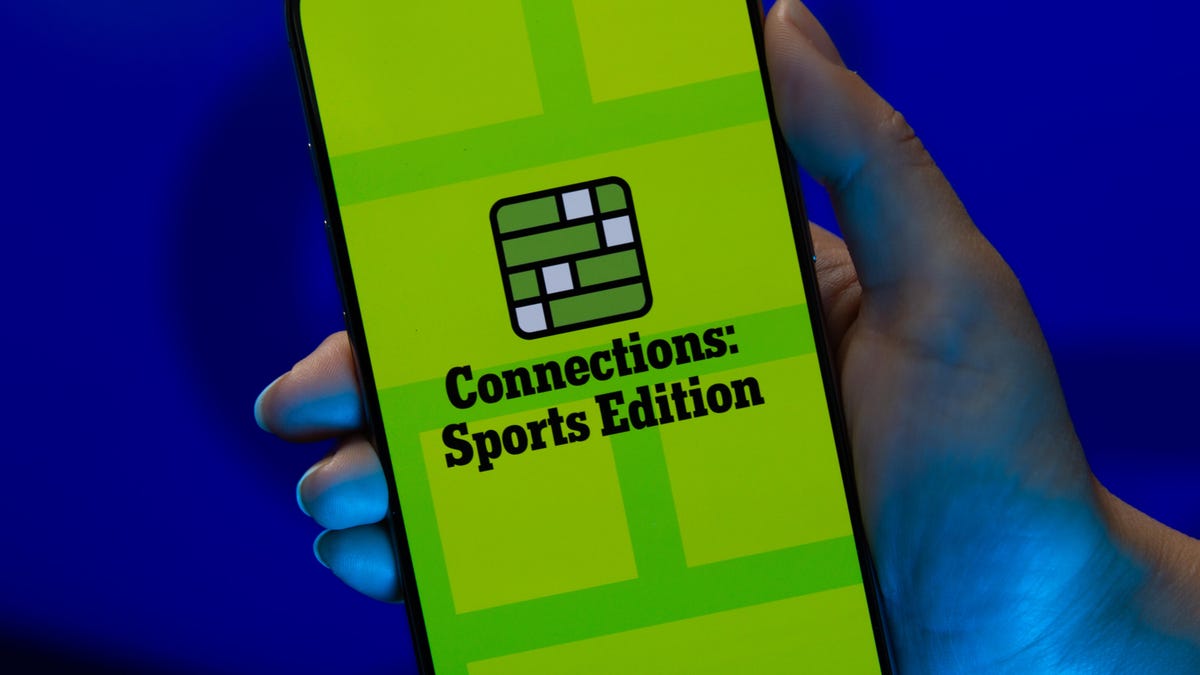
Looking for the most recent regular Connections answers? Click here for today’s Connections hints, as well as our daily answers and hints for The New York Times Mini Crossword, Wordle and Strands puzzles.
Today’s Connections: Sports Edition is a tough one. Movie buffs, you might do well. If you’re struggling with today’s puzzle but still want to solve it, read on for hints and the answers.
Connections: Sports Edition is published by The Athletic, the subscription-based sports journalism site owned by The Times. It doesn’t appear in the NYT Games app, but it does in The Athletic’s own app. Or you can play it for free online.
Read more: NYT Connections: Sports Edition Puzzle Comes Out of Beta
Hints for today’s Connections: Sports Edition groups
Here are four hints for the groupings in today’s Connections: Sports Edition puzzle, ranked from the easiest yellow group to the tough (and sometimes bizarre) purple group.
Yellow group hint: Fire it in there.
Green group hint: Signal callers.
Blue group hint: Ohio teams.
Purple group hint: Enjoy the show.
Answers for today’s Connections: Sports Edition groups
Yellow group: Members of a pitching staff.
Green group: Descriptors often applied to QBs.
Blue group: Members of the Cleveland Cavaliers.
Purple group: Last words in football movies.
Read more: Wordle Cheat Sheet: Here Are the Most Popular Letters Used in English Words
What are today’s Connections: Sports Edition answers?
The yellow words in today’s Connections
The theme is members of a pitching staff. The four answers are ace, closer, long reliever and setup man.
The green words in today’s Connections
The theme is descriptors often applied to QBs. The four answers are dual-threat, game manager, mobile and pocket passer.
The blue words in today’s Connections
The theme is members of the Cleveland Cavaliers. The four answers are Garland, Hunter, Mitchell and Mobley.
The purple words in today’s Connections
The theme is last words in football movies. The four answers are Giants, Lights, Replacements and Sunday.
Don’t miss any of our unbiased tech content and lab-based reviews. Add CNET as a preferred Google source.
-

 Technologies3 года ago
Technologies3 года agoTech Companies Need to Be Held Accountable for Security, Experts Say
-

 Technologies3 года ago
Technologies3 года agoBest Handheld Game Console in 2023
-

 Technologies3 года ago
Technologies3 года agoTighten Up Your VR Game With the Best Head Straps for Quest 2
-

 Technologies4 года ago
Technologies4 года agoBlack Friday 2021: The best deals on TVs, headphones, kitchenware, and more
-

 Technologies4 года ago
Technologies4 года agoVerum, Wickr and Threema: next generation secured messengers
-

 Technologies4 года ago
Technologies4 года agoGoogle to require vaccinations as Silicon Valley rethinks return-to-office policies
-

 Technologies4 года ago
Technologies4 года agoOlivia Harlan Dekker for Verum Messenger
-

 Technologies4 года ago
Technologies4 года agoiPhone 13 event: How to watch Apple’s big announcement tomorrow
